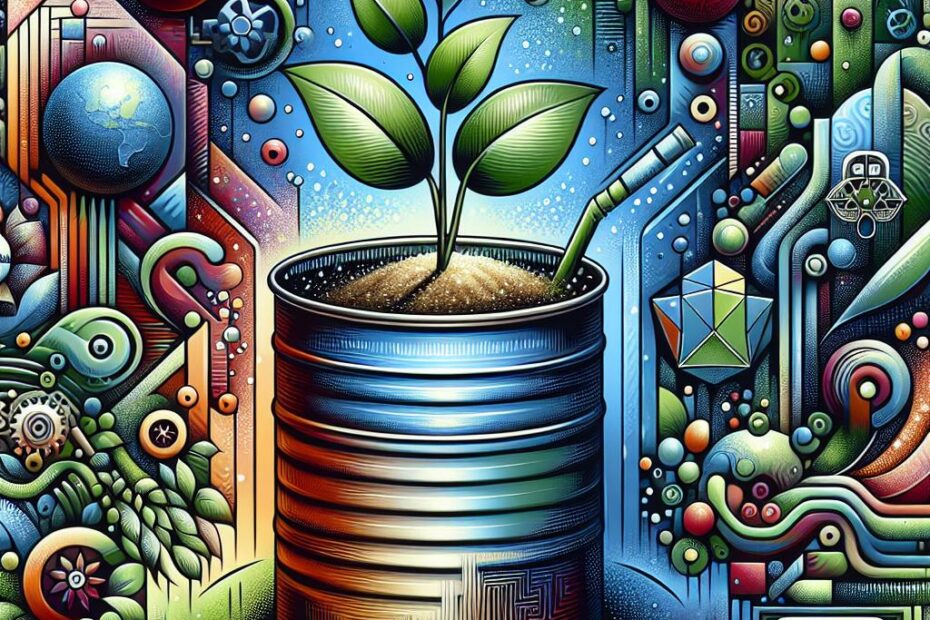Best Soil for Container Planting
When it comes to container gardening, choosing the right soil is crucial for the health and growth of your plants. The soil in your containers needs to provide essential nutrients, proper drainage, and aeration to support healthy root development. In this article, we will discuss the best types of soil for container planting and provide you with some helpful tips to ensure your plants thrive.
Benefits of Using the Right Soil
- Enhanced drainage
- Improved nutrient retention
- Healthy root development
- Reduced risk of disease
- Optimal plant growth
Types of Soil for Container Planting
1. Potting Soil
Potting soil is specifically formulated for container gardening and provides good drainage and aeration for plants. It is a blend of organic materials, such as peat moss, perlite, and vermiculite, that help retain moisture while preventing soil compaction. Potting soil is suitable for a wide range of plants and is easy to work with.
2. Garden Soil
Garden soil is typically heavier than potting soil and may not provide adequate drainage for container plants. However, you can improve garden soil by mixing it with compost, perlite, or sand to promote better drainage. Garden soil can be a cost-effective option for container planting if amended properly.
3. Cactus/Succulent Soil
Cactus and succulent soil are specially formulated for plants that require excellent drainage, such as cacti and succulents. This type of soil is gritty and provides the sharp drainage these plants need to thrive. Cactus/succulent soil is ideal for plants that are prone to root rot in overly wet conditions.
Practical Tips for Choosing Soil
- Consider the specific needs of your plants when selecting soil.
- Avoid using soil from your garden, as it may contain pests or diseases.
- Choose a lightweight, well-draining soil mix for containers to prevent waterlogged roots.
- Consider adding organic matter, such as compost, to enrich the soil and improve nutrient content.
- Regularly check the moisture level of the soil and adjust watering as needed.
Case Study: Tomato Container Gardening
For example, if you are growing tomatoes in containers, you will want to use a nutrient-rich potting soil that provides good drainage. Tomatoes require consistent moisture but are susceptible to root rot if the soil becomes waterlogged. By choosing the right soil mix and following proper watering practices, you can ensure a bountiful harvest of delicious tomatoes.
Conclusion
Choosing the best soil for container planting is essential for the success of your garden. By selecting a well-draining, nutrient-rich soil mix that meets the specific needs of your plants, you can create a healthy environment for them to thrive. Remember to monitor the moisture level of the soil and adjust watering as needed to ensure optimal growth. With the right soil and proper care, your container garden will flourish and bring you joy for seasons to come.
